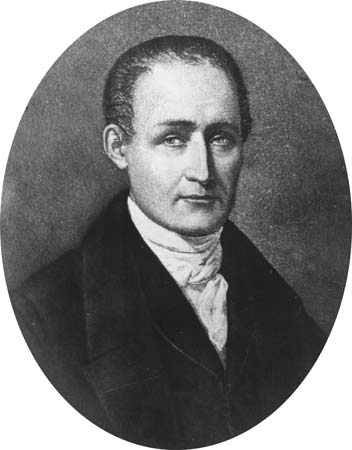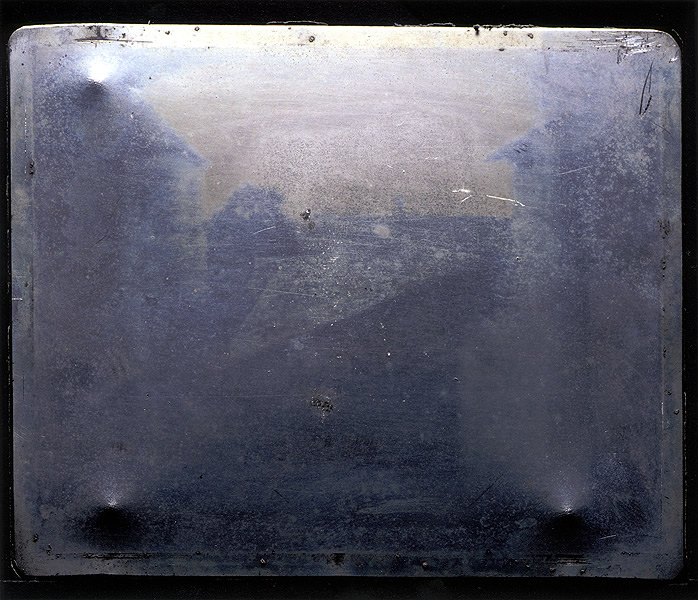Who is Nicéphore Niépce?
-
Joseph Nicéphore Niépce takes us back all the way to March 7, 1765 in Chalon-sur-Saone, France where he was born into a middle-class life. He became an inventor who is credited with taking the first permanent photographic image 188 years ago, in 1826.
Early Experiments with Lithography
 The term "heliography" was coined by Joseph Nicéphore Niépce to identify the process by which he obtained his earliest photographic images.
The term "heliography" was coined by Joseph Nicéphore Niépce to identify the process by which he obtained his earliest photographic images.Niépce began experimenting with lithographic printmaking—which led to his invention of heliography—because of his inability to draft images by hand. During his trials with lithography, he experimented with light-sensitive varnishes and then with images produced in camera, but he was unable to prevent the images from fading. Niépce discovered that he produced his best results while using a solution of bitumen of Judea, which dated back to the ancient Egyptians but continued to be used for making lithographic engravings in the 1800s.
Photomechanical Reproduction
In 1822, Niépce successfully made a heliograph from an engraving of Pope Pius VII, which was destroyed during an attempt to copy it some years later. Over the next few years, Niépce experimented with bitumen on pewter or zinc plates that could be inked for printing. His best results came in 1826 with the copying of an engraving of the Cardinal Georges d'Amboise in which Niépce invented the first successful form of photomechanical reproduction.
[embed]http://youtu.be/78KfCkCN3ck[/embed]
Documentation provided by: Harry Ransom Center

